Museums are the main resource centers for information showing where culture comes from and how it spreads. China’s contemporary museum-building trend since the past decade catering to the rapidly growing commercial need for the arts has been hailed as having given a boost to cultural development around the world. The latest to launch in the scene is Zhi Art Museum in Chengdu, Sichuan province.
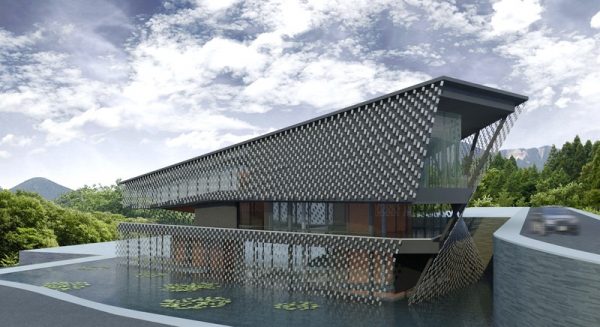
On April 25, the Zhi Art Museum, part of Chinese property group Fantasia, officially launched its inaugural group exhibition, “Open,” which features nine international artists, and is centered around the theme of initiation and potential.
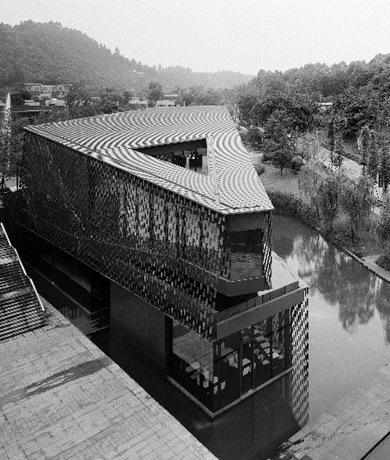
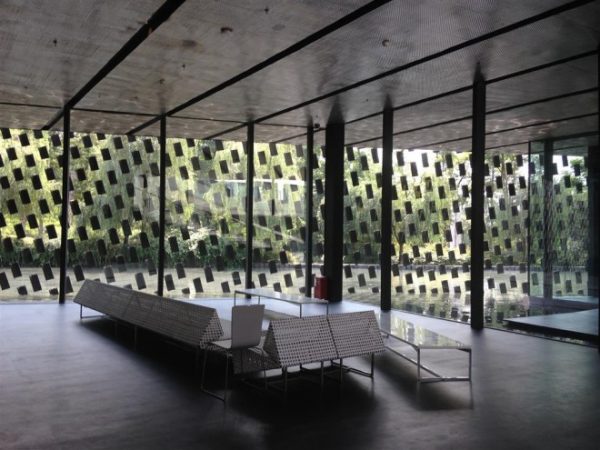
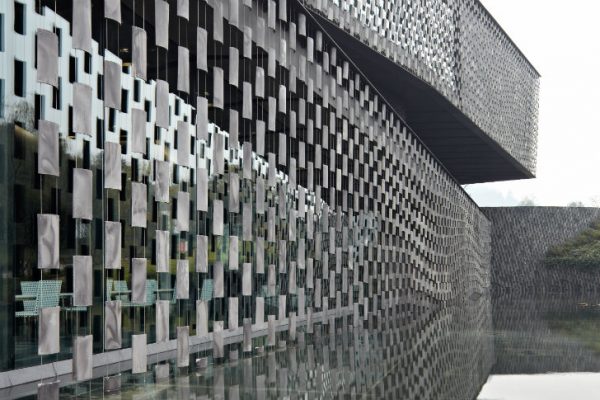
Located at the foot of Laojun Mountain in Xinjin County, Sichuan Province, Zhi Art Museum was designed by famed Japanese architect Kengo Kuma to blend in with the surrounding scenery, based on the Eastern philosophy of learning from nature. The design of the 2,353-square-meter space combines Taoist principles of harmony with an ultra-modern aesthetic, and uses traditional materials sourced from the region, such as clay tiles. The building was completed at the end of 2011.
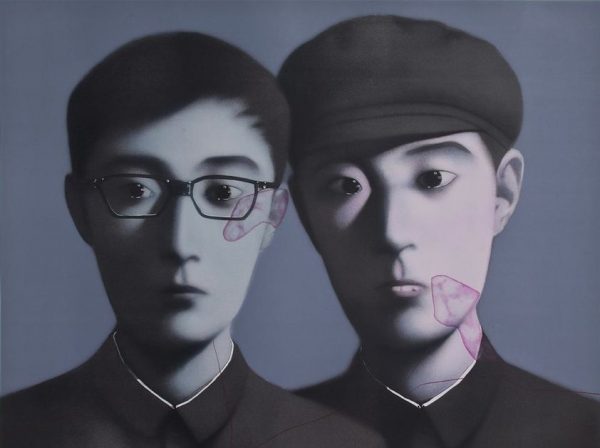
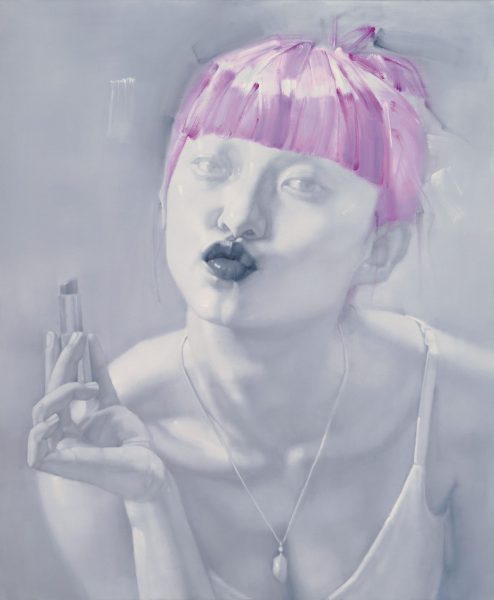
The inaugural exhibition is presented by Zhi Art Museum and Shanghai’s Chronus Art Center, which was established in 2013 and is the first nonprofit art organization dedicated to the presentation, research and creation of media art in China.
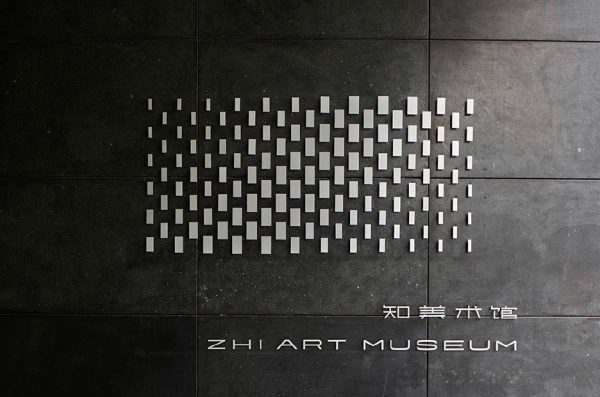
Helmed by Chinese curator Zhang Ga, who is also a professor of media art at Beijing’s Tsinghua University, “Open” aims to explore the integration of human thoughts, technology and art. The artists presented in the exhibition are from various backgrounds. The inaugural exhibition is presented by Zhi Art Museum and Shanghai’s Chronus Art Center, which was established in 2013 and is the first nonprofit art organization dedicated to the presentation, research and creation of media art in China.
